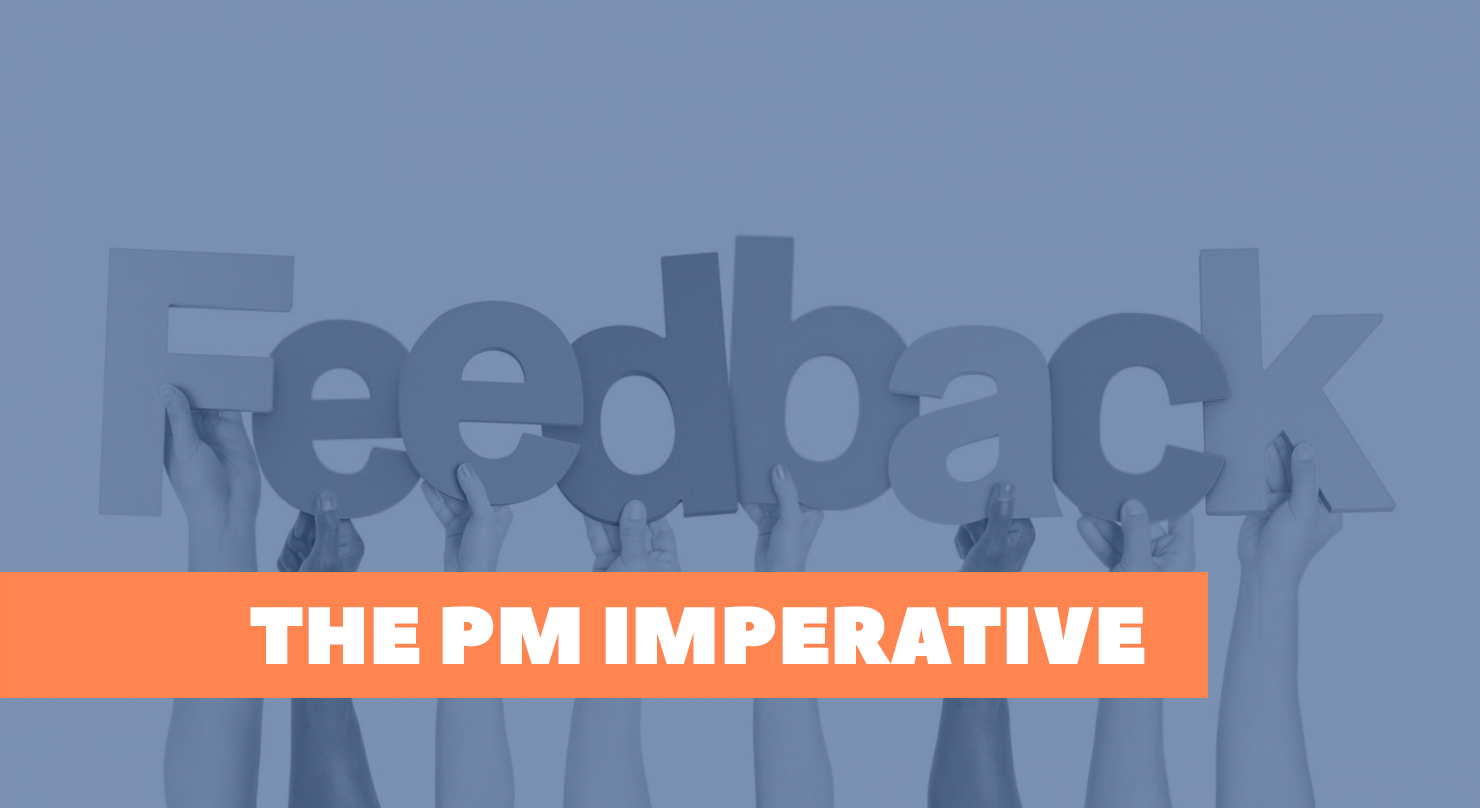Customer feedback influences a Product Manager’s ability to develop the right product and get it to the market faster because the feedback provides deeper insights into what customers need and allows the product team to develop a strategic solution that addresses the identified needs. An articulate product roadmap also plays a role in making sure that other key stakeholders in an organization are aware of the product vision and what the Product Manager is trying to achieve based on the input gathered from customer feedback. All these underscores how significant it is for Product Managers to ensure they are doing a great job in gathering customer feedback and incorporating it into their product development efforts.
Customer feedback can be gathered:
- proactively before the development of a product begins e.g., through questionnaires and surveys
- during ongoing product development through interviews
- after product launch by gathering reviews
Now, let’s review the ideal ways that a Product Manager can gather customer feedback:
Phone Calls and Virtual Interviews
Even though there are plenty of software used to gather customer feedback, it is hard to beat a direct conversation with users of a product because it helps the Product Manager develop a relationship with the users, and generates the best responses because you can assess their emotion as they speak about product features. Phone calls can be made on demand and don’t have to be pre-scheduled, although it helps to know the best time to reach your customers to increase the likelihood that they will answer phone calls. Virtual interviews, on the other hand, need to be planned ahead of time and include a brief agenda of what items will be discussed so that the users prepare themselves to go into specific details when providing their customer feedback.
In-App Surveys
When designing in-app surveys, it needs to be taken into consideration that they must be very short in length and placed at key interaction points such as after a user has completed a function within the product. This type of survey is important because it captures customer feedback from users who would otherwise rarely provide any product feedback. Studies have shown that customers that reach out to a company’s support contact only do so when they experience a problem and rarely when they are offering feedback on a product.
The biggest benefit of developing in-app surveys at key interaction points is that the feedback provided by the user will be based on fresh memory because the survey pops up while they are in the process of using a product feature.
Online Surveys
A Product Manager can send out emails to customers containing links to online surveys such as Survey Monkey or Google Forms so they can use them to collect feedback based on a set of questions. It is important to note that customers tend to breeze through surveys that have too many questions, so Product Managers need to be strategic on how many questions they ask with regards to the feedback they seek to obtain from the survey respondents. Only include questions that will provide actionable information that will be used to make a product better and leave out any questions that will not help serve the goal of collecting the feedback.
Net Promoter Score (NPS) Surveys
An NPS survey measures customer experience and their overall perception of your brand. The NPS calculation uses a scale of 0-10 and asks respondents to select a number corresponding to how likely they are to refer a friend or colleague.

Survey respondents are categorized as based on their scores on the scale:
- Promoters – scores range from 9-10. These are viewed as loyalists who will keep buying and referring others thereby increasing growth
- Passives – scores range from 7-8. These are satisfied but unenthusiastic customers who could be vulnerable to competitor products
- Detractors – scores range from 0-6. These are unhappy customers who could damage your brand and limit growth through negative word of mouth
The NPS is calculated by subtracting the percentage of detractors from the percentage of promoters. For instance, if you had 100 total survey respondents and 60 of them were promoters while 10 of them were detractors, your NPS calculation will be as follows:
[(60/100)*100] minus [(10/100)*100] = 50
The scores can range from -100 if every customer is a detractor, to a high of +100 if every customer is a promoter. Any score above a zero is considered good, +50 is excellent, and anything above +70 is deemed world-class. Product Managers can use the NPS to benchmark their products against competitors’ products to get a sense of how their customers perceive them.
At PM Imperative, we cover the latest trends in Project Management and Product Management. As PM practitioners, we understand the value the Project Managers and Product Managers bring to each organization and that’s why we focus on the most practical strategies that Project and Product Managers can implement immediately. If you found this post useful, be sure to check out our latest book: The PM Imperative – Guide for Leading & Managing Projects, People & Delivering Value. https://pmimperative.com/shop/




Add Comment